Noticia
Inauguration of the multisensory room to support children with autism
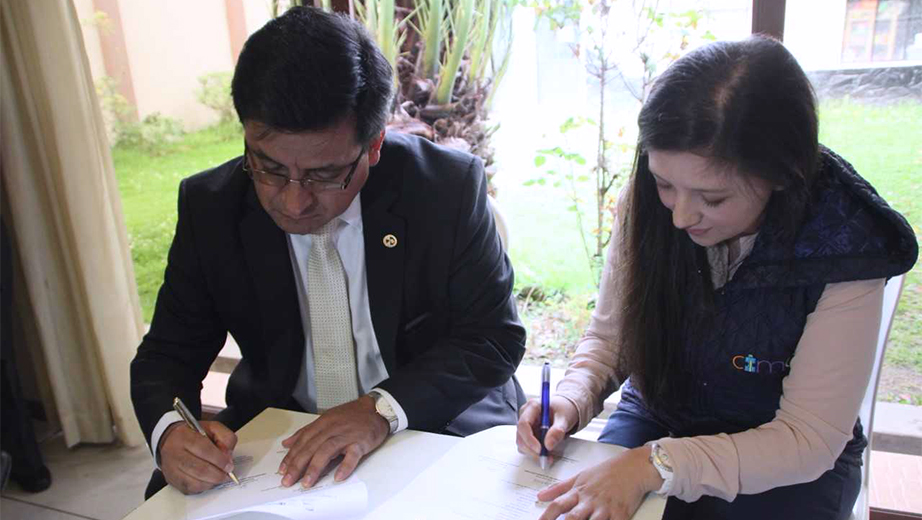
Politecnica Salesiana University and the UNESCO chairs program Support Technologies for Inclusive Education inaugurated the multisensory room, an environment that is equipped with technology that will help develop communication skills in children with autism.
The room is located in Fundacion CIMA (a center of multidisciplinary intervention for Autism) and will be available for people with autism who daily go to this center.
During the inauguration ceremony, the vice president of UPS's branch campus in Cuenca, Cesar Vasquez quoted one of Pope John Paul's II phrases when he visited Ecuador: "Do you know where your brother is? I am sure that these students and their professors know. He is among those who will use the prototypes you are building. You are living for your brother, you are teaching us what we have to do to live with them. Thanks for the hope". He thanked the officials of CIMA because they allowed students to have a significant learning experience and develop themselves as human beings.
Geanina Avila, director of CIMA, said "the early years of the university should be concerned with transforming thought, the way of being, for innovation. I think that with the inauguration of this multisensory room you young people have transformed yourselves, transcended and are transforming the lives of each child with autism" He emphasized that UPS is the first organization that works with them in this path and that helps them to improve children's quality of life, we thank the institution for this significant contribution to the foundation.
Officials from both institutions signed the agreement: Geanina Avila, Cesar Vasquez, Fernando Pesantez and Vladimir Robles.
The room was presented by students: Eulalia Naranjo, Diego Lima, Jorge Galán, Johnny Pauta, Carlos Arévalo and Paúl Quito, who are the creators of the project. They explained how the room will help people who have difficulties communicating and presented the services it will have:
Additional Module: illuminates the room environment according to the needs of the therapist and the child, so that the child is comfortable with the color of his preference, having a range of colors given by the RGB modules placed in the room.
Central control node: allows communication between the mobile device and the different modules of the room, allowing the user to configure each of the modules according to their needs. It also has different sounds needed for therapy.
Color Die: by configuring each of its sides with different colors, it allows to change the illumination of the Room according to the side of the die that is facing up.
Pictogram Panel: helps the child improve their visual, auditory and tactile abilities, with a total of 12 interchangeable pictograms, which allows to work under different categories such as figures, colors and actions (jumping, running), facilitating the Scalability of the module, which has both auditory and visual stimuli.
Tubo de picadillo: a module consisting of two tubes that will be illuminated by RGB led, in which you can introduce hash-paper or any similar light element.
Piano of lights: for the development of memory, attention and concentration by means of the reproduction of sequences of lights, animals, fruits or means of transport. It considers the strength of the pulse which is measured in three levels (high, medium or low) pressure, and has visual and auditory stimuli.
Vormeter: This module assists in vocalization work, stimulating the sense of sight, improving concentration, allowing the child to control the volume of their voice. It has eight steps that can be configured with different colors, which are lit with striking colors according to the power of the sounds generated.
The operation of the mobile application and the modules is allowed by a central node which is the intermediary that manages the personalization data for the different modules. For this we used XBEE S2 modules that allow wireless communication between devices, thus achieving an automatic interconnection between the modules and the central node for the purpose of receiving and sending data.
Contenidos Relacionados
Contenidos Relacionados
Noticias Relacionadas
Noticias Relacionadas

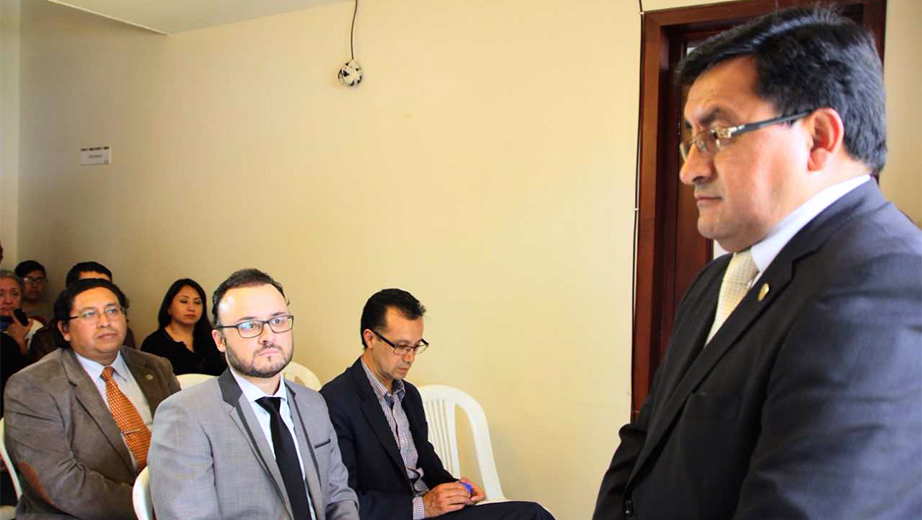
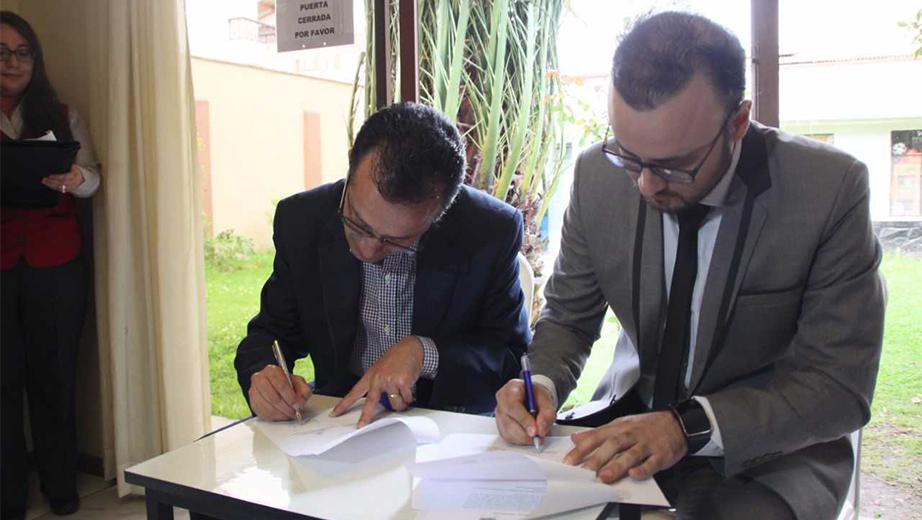
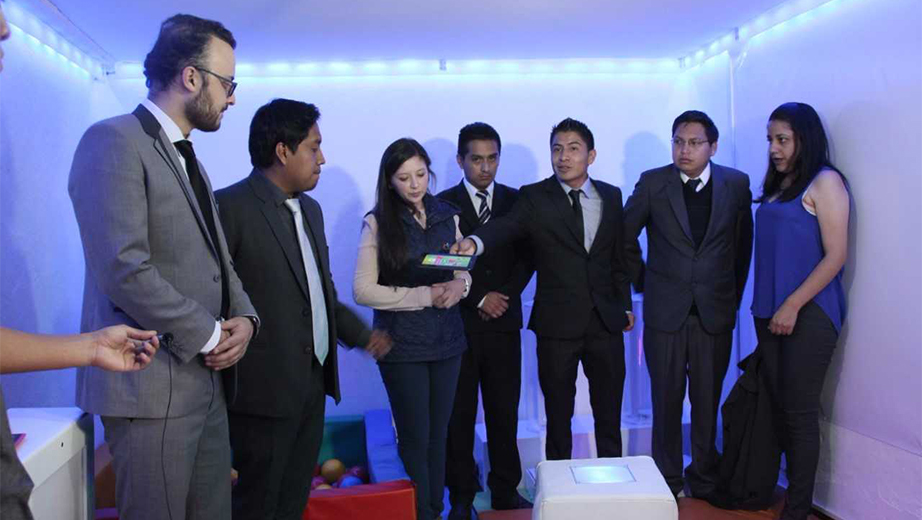
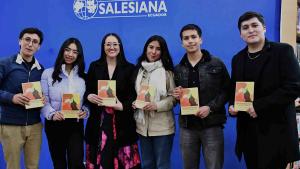

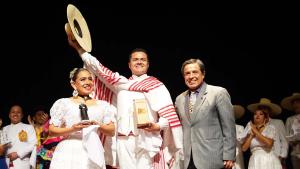
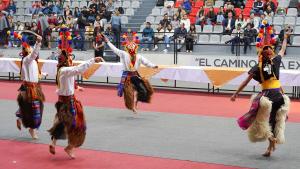
Follow us
Follow us